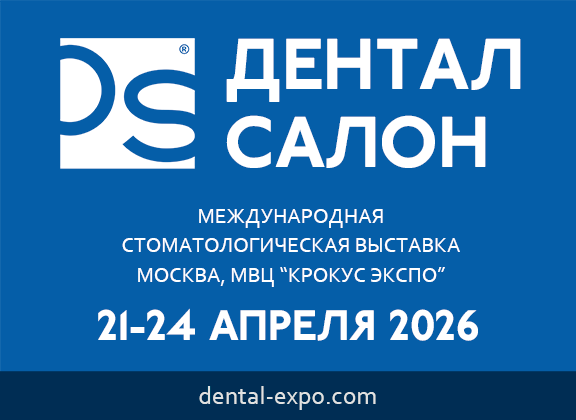DOI:
10.37988/1811-153X_2020_4_37Modern methods of mastering theoretical and practical skills of local anesthesia in dentistry
Abstract
Virtual and augmented reality technologies represent the next step towards the formation or receiving of medical education. According to educational standards, students at the undergraduate level are not allowed independent clinical work. However, constant training on standardized patients can lead to memorization of situations that are divorced from real life. The complexity of the implementation of the educational process in the discipline “local anesthesia in dentistry” is largely due to the lack of simulators with an integrated rating scale, as well as the lack of feedback from the patient. The purpose of this work is to update information on modern methods of simulation training in dentistry on the profile “Local anesthesia”. Materials and methods. For this review article, a search was carried out for both abstracts and full-text articles in the PubMed, Google Scholar and Russian Science Citation Index (based on Web of Science). Conclusions. A definite advantage of virtual reality over augmented reality is shown, where simulators provide opportunities for interactive, standardized learning, objectification of the assessment of students’ actions, involve students in an independent learning process, significantly reduce the cost of training and contribute to a better formation of the practical skills of the future doctor.
Key words:
simulation training, local anesthesia, individual approach, virtual reality, patient feedbackFor Citation
References
- Sevbitov A.V., Vasil’ev Yu.L., Skatova E.A. Dental 3d level simulators in the study of local anesthesia. — Stomatologiya. — 2016; 6: 48—50 (In Russ.).
- Lone M., McKenna J.P., Balta J.Y., O’Mahony S.M., Cryan J.F., Downer E.J., Toulouse A. Assessment of Thiel-Embalmed Cadavers as a Teaching Tool for Oral Anatomy and Local Anesthesia. — J Dent Educ. — 2017; 81 (4): 420—6. PMID: 28365606
- Hanson C., Wilkinson T., Macluskey M. Do dental undergraduates think that Thiel-embalmed cadavers are a more realistic model for teaching exodontia? — Eur J Dent Educ. — 2018; 22 (1): e14—e18. PMID: 27995728
- Brand H.S., Kuin D., Baart J.A. A survey of local anaesthesia education in European dental schools. — Eur J Dent Educ. — 2008; 12 (2): 85—8. PMID: 18412736
- Tomruk C.Ö., Oktay İ., Sençift K. A survey of local anesthesia education in Turkish dental schools. — J Dent Educ. — 2013; 77 (3): 348—50. PMID: 23486900
- Sevbitov A.V., Admakin OI, Vasil‘ev Yu.L., Skatova E.A., Mitin N.E., Grishin M.I. Integration of simulators of the 5th level of realism into the educational process at the Faculty of Dentistry. — Eruditio Juvenium. — 2016; 2: 109—13 (In Russ.).
- Kary A.L., Gomez J., Raffaelli S.D., Levine M.H. Preclinical local anesthesia education in dental schools: A systematic review. — J Dent Educ. — 2018; 82 (10): 1059—64. PMID: 30275140
- Mukhopadhyay S, Kruger E, Tennant M. YouTube: a new way of supplementing traditional methods in dental education. — J Dent Educ. — 2014; 78 (11): 1568—71. PMID: 25362699
- Maruthingal S., Mohan D., Maroli R.K., Alahmari A., Alqahtani A., Alsadoon M. A comparative evaluation of 4% articaine and 2% lidocaine in mandibular buccal infiltration anesthesia: A clinical study. — J Int Soc Prev Community Dent. — 2015; 5 (6): 463—9. PMID: 26759799
- Knipfer C., Rohde M., Oetter N., Muench T., Kesting M.R., Stelzle F. Local anaesthesia training for undergraduate students — how big is the step from model to man? — BMC Med Educ. — 2018; 18 (1): 308. PMID: 30547783
- Vasil’ev Yu.L. Anatomical, experimental and clinical substantiation of the effectiveness of personalized local anesthesia in dentistry: dissertation. — Moscow, 2019. — 301 p. (In Russ.).










